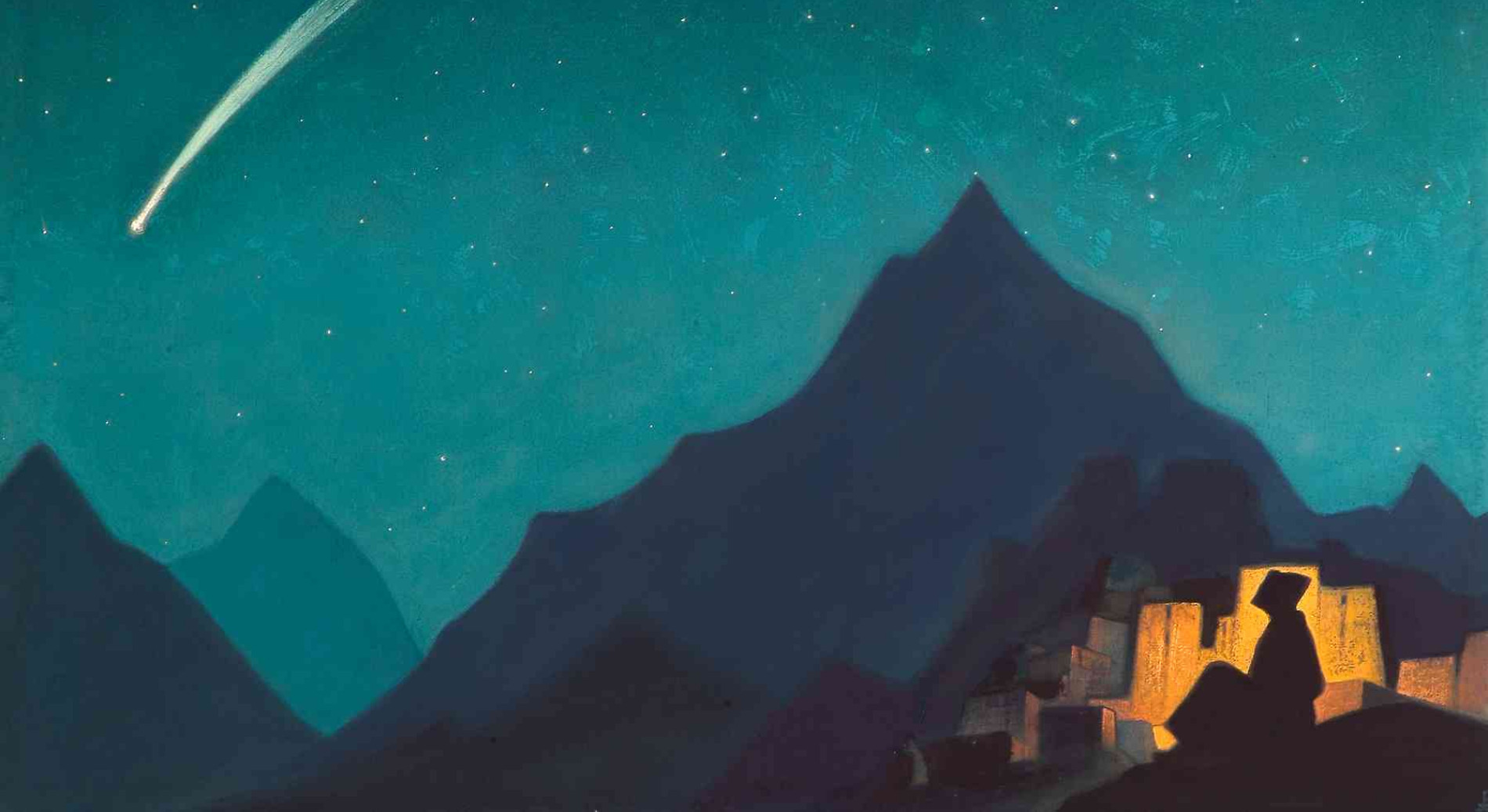The early Fourth Age language, Qêrpúian has been largely replaced by its descendant, the modern language of
Jesjen, but pieces of the language survive in the names of its rituals, traditions, and regalia of
Qā-Jāre.
The religion's focus on conversion means that it is quick to adopt new languages, but its age has left it studded with linguistic fossils that have enabled linguistic historians to reconstruct it.
Exarch Amarashi has been a particular figure of note, taking pains to preserve older froms of rituals such as
Sāqte (ritual of purification), Zīzte (ritual of praise), and Hidizte (ritual of recieving blessings) which contain historical prayers and grammatical elements. Since first being contacted abut the language, they have become a collector of, and authority on, Qêrpúian tablets.
Writing System
Qêrpúian writing is ideographic, a forerunner of Jesjen and Erebian and influential on Kenrin, prior to the 5.200 restructuring.
Throughout the use of the language, the alphabet became increasingly abstract, enabling tablets to be be divided in to early, middle, and late Qêrpúian. Drawn into wet clay, early Qêrpúian pictograms were drawn freehand and show significant variation between authors. By the devlopment of middle Qêrpúian, a specifically-shaped stylus was being used to create the pictograms, which developed into the brush-writing of Kenrin. Late Qêrpúian shows a much stronger uniformity in the pictograms and, combined with the increase in tablets, is the 'classical' Qêrpúian that most people think of.
Qêrpúian used the standalone particle 'pi' to denote past tense and the particle 'sūk' for future tense.
Qêrpúian used a Subject Object Verb order, with adjectives positioned before the noun. Additionally, it had no definite or indefinite articles.



I like how you give the history of the language. I am the same way if I write about a language in my setting it is typically the history of it or its general uses. I never go into full details but I did see you have past tense and future tenses. Overall I enjoyed this article.